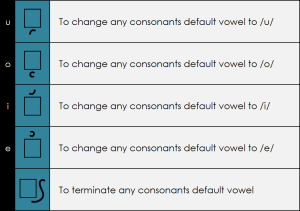
Art done by Akopito
The Aginid is about Sri Lumay of Sumatra who settled in Sugbo with his son, Sri Alho, ruling the south known as Sialo which included Valladolid, Carcar, up to Santander. This should have long been part of our required readings.
“His other son, Sri Ukob, ruled the north known as Nahalin which includes the present towns of Consolacion, Liloan, Compostela, Danao, Carmen, and Bantayan. As a ruler, Sri Lumay was known to be strict, merciless, and brave. He assigned magalamags to teach his people to read and write ancient letterings. He ordered routine patrols by boats from Nahalin to Sialo by his mangubats (warriors).
“Although a strict ruler, Sri Lumay was a loving person that not a single slave ran away from him. During his reign, the Magalos (literally destroyers of peace) who came from the South from time to time invaded the island to loot and hunt for slaves. Sri Lumay commanded to burn the town each time the southerners came to drive them away empty handed. Later, they fought these Magalos so that they leave the town for good.
“The town was thus permanently called Kang Sri Lumayng Sugbo, or Sri Lumay’s scorched town. Trading was vibrantly carried on by Sri Lumay’s people with merchants from China, Japan, India, and Burma in Parian, located at the northeastern part of Cebu City.
“The archipelago was strategically positioned in southeast Asia that it naturally became part of the trade route of the ancient world. Agricultural products were bartered for Chinese silk cloths, bells, porcelain wares, iron tools, oil lamps, and medicinal herbs. From Japan, perfume and glass utensils were usually traded with native goods. Ivory products, leather, precious and semi-precious stones and sarkara (sugar) mostly came from the Burmese and Indian traders.
“Sri Lumay was killed in one of the battles against the magalos and was succeeded by his youngest son Sri Bantug who ruled Singhapala (Mabolo district today).
“Bantug carried on his father’s rules throughout his reign. He organized umalahukans (reporters) to urge people in Nahalin and Sialo to obey his orders, especially on agricultural production and defense.
“During Sri Bantug’s time, Sugbo, Nahalin, and Sialo thrived on subsistence, self-sufficient economy. He died in an epidemic which spread in the island and was succeeded by his youngest son Sri Humabon.
“Under Humabon, the sibo or sibu in Parian became more progressive. Here, the “sinibuayng hingpit” (meaning a place for full trade) was carried on. The word Cebu is thus coined from the old word sibo, an old word for barter, trade, or swap.














